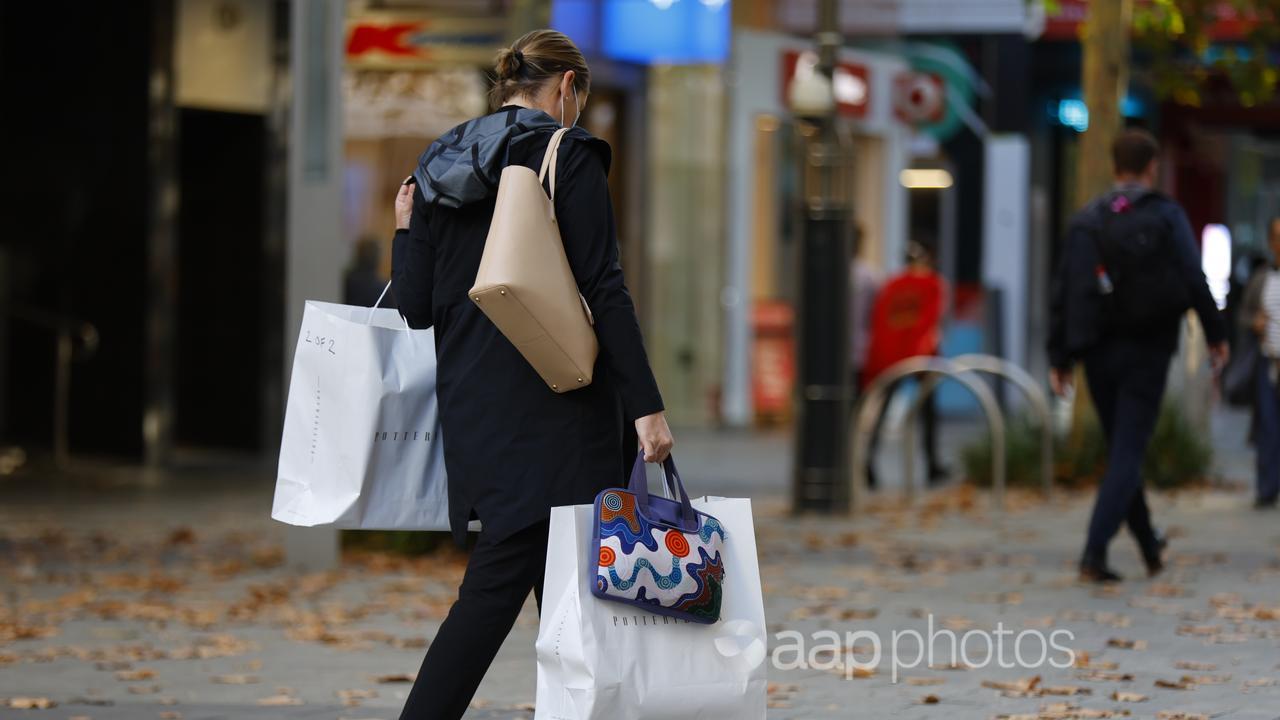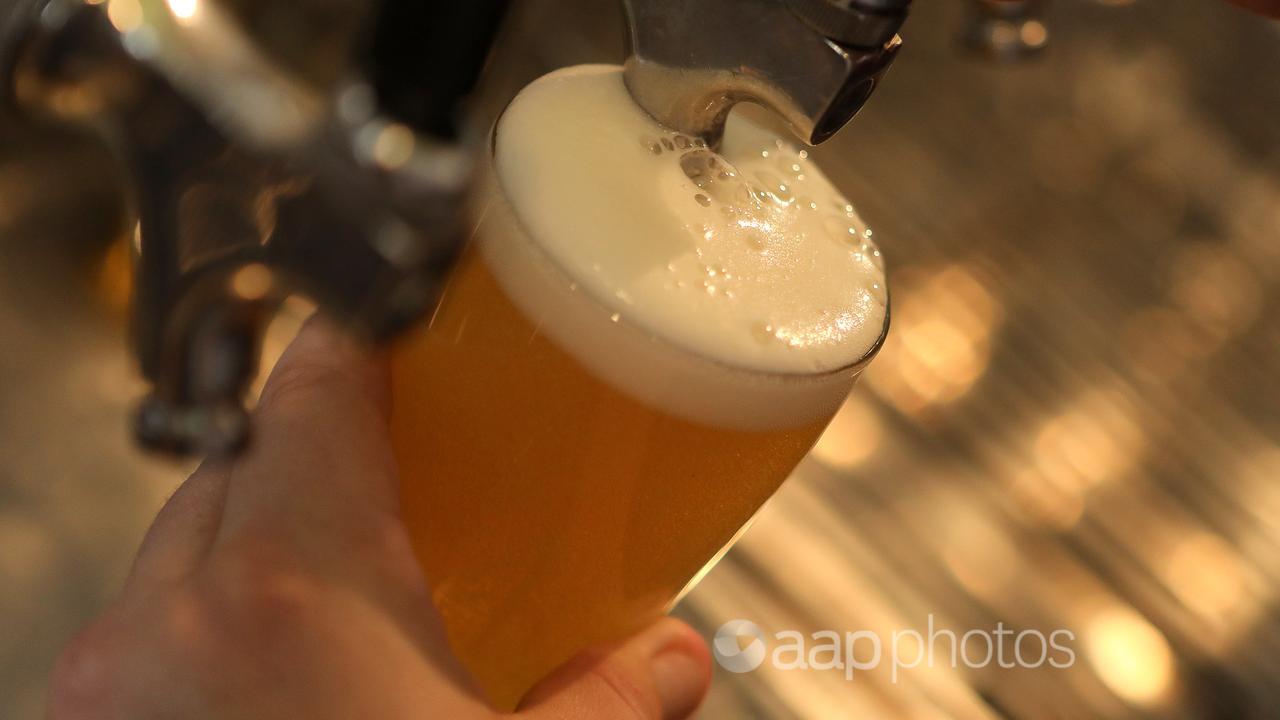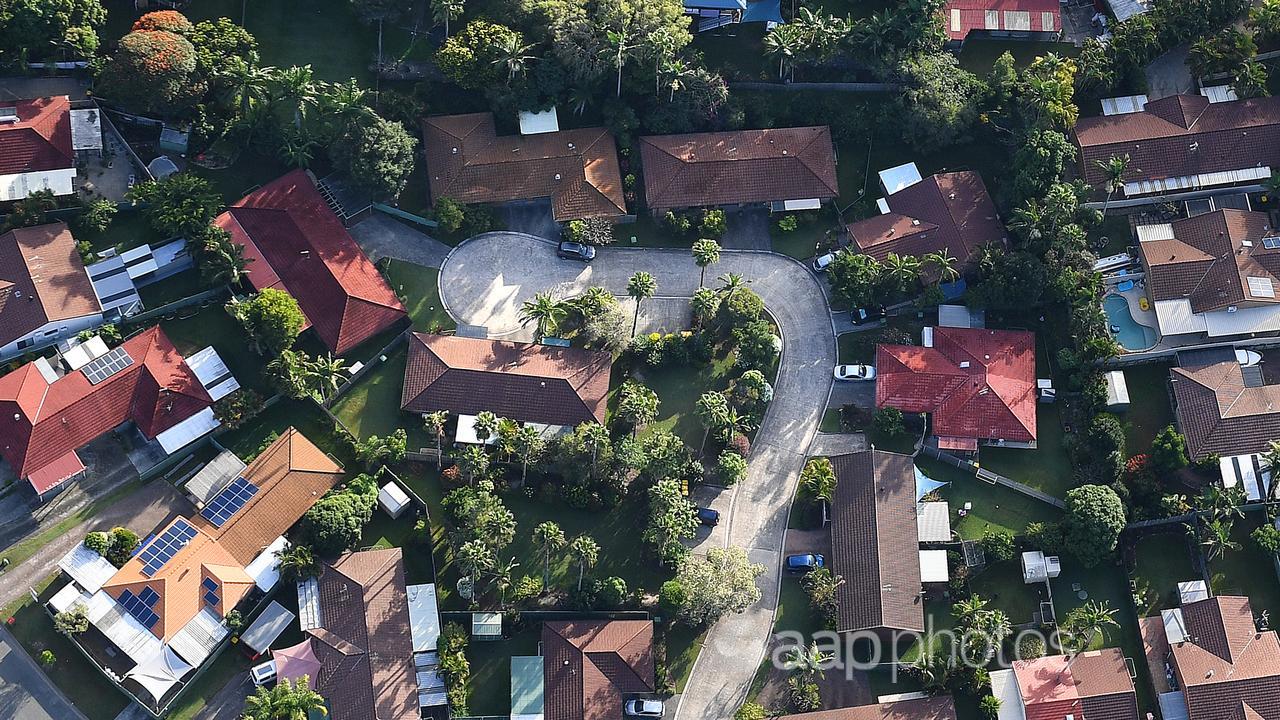Leading economists have been caught off-guard by sluggish household spending figures that jar with strong retail sales and seem to debunk a theory about tax cuts.
Household spending was unchanged in August despite a 0.7 per cent uptick in retail turnover driven in part by warmer weather.
The figures came after spending patterns sunk 0.5 per cent in July and 0.1 per cent in June.
The figures followed the introduction of more generous income tax cuts.
AMP chief economist Shane Oliver said the week’s data painted a messy picture but ultimately the numbers were weak.
“So it’s across the board you’re seeing a bit of a slowdown, whether it’s discretionary or non-discretionary,” he told AAP.
“That’s a sign of the ongoing weakness in consumers and would suggest the bulk of the tax cuts have been saved.”
Discretionary spending rose 0.2 per cent during August, up 1.2 per cent for the past 12 months.
But spending on essential items fell 0.4 per cent, driven by a fall in people paying for motoring goods and food.
Household spending was up 1.7 per cent on August 2023 but this was no cause to break out the champagne.

Mr Oliver pointed to the latest consumer price index, which measures change in the price of a basket of goods and services.
“Let’s take the CPI at face value, as 2.7 per cent, so we’re still going backwards in real terms,” he said.
Concerns personal income tax cuts would lead to an increase in spending did not eventuate.
“Growth in household spending has stalled at the start of the financial year, even as the federal government’s stage three tax cuts came into effect on July 1,” ABS head of business statistics Robert Ewing said.
“In August, spending on services rose 0.4 per cent, growing for the second month in a row.
“The rise was led by higher spending on air travel, hotel accommodation and dining out.”

ANZ economist Madeline Dunk is focused on September’s figures.
“If you saw another strong print (on retail turnover) in September, that would give you an indication that there might be some momentum there, that it’s not just a blip,” Ms Dunk told AAP.
“And then for the household spending indicator, I think we’d be wanting to see a lift there at the moment.”
Spending on alcohol and tobacco fell the most during August, down 9.4 per cent, while transport spending dipped 2.6 per cent.
The flat spending figures came as the value of home loans being issued continued to rise.
Housing loans increased one per cent to $30.4 billion in August.
Investor loans rose to $11.7 billion, an increase of 34.2 per cent from the same time in 2023.
Owner-occupier loans also rose 0.7 per cent to $18.7 billion.

Meanwhile, there’s little relief in sight for mortgage-holders.
Economist Saul Eslake doubts an interest rate cut will come before February 2025, despite the US Federal Reserve ending its hiking cycle in September.
“The RBA are trying to get inflation down with the minimum amount of increase in unemployment,” Mr Eslake told AAP.
“And therefore they have been willing to tolerate inflation coming down less quickly than in New Zealand or the US or Canada or the UK.
“We haven’t had to talk about recessions.
“On the other hand, it meant cost of living pressures have persisted longer and interest rates, although they haven’t got up as much as in those other countries, aren’t coming down as quickly.”




















